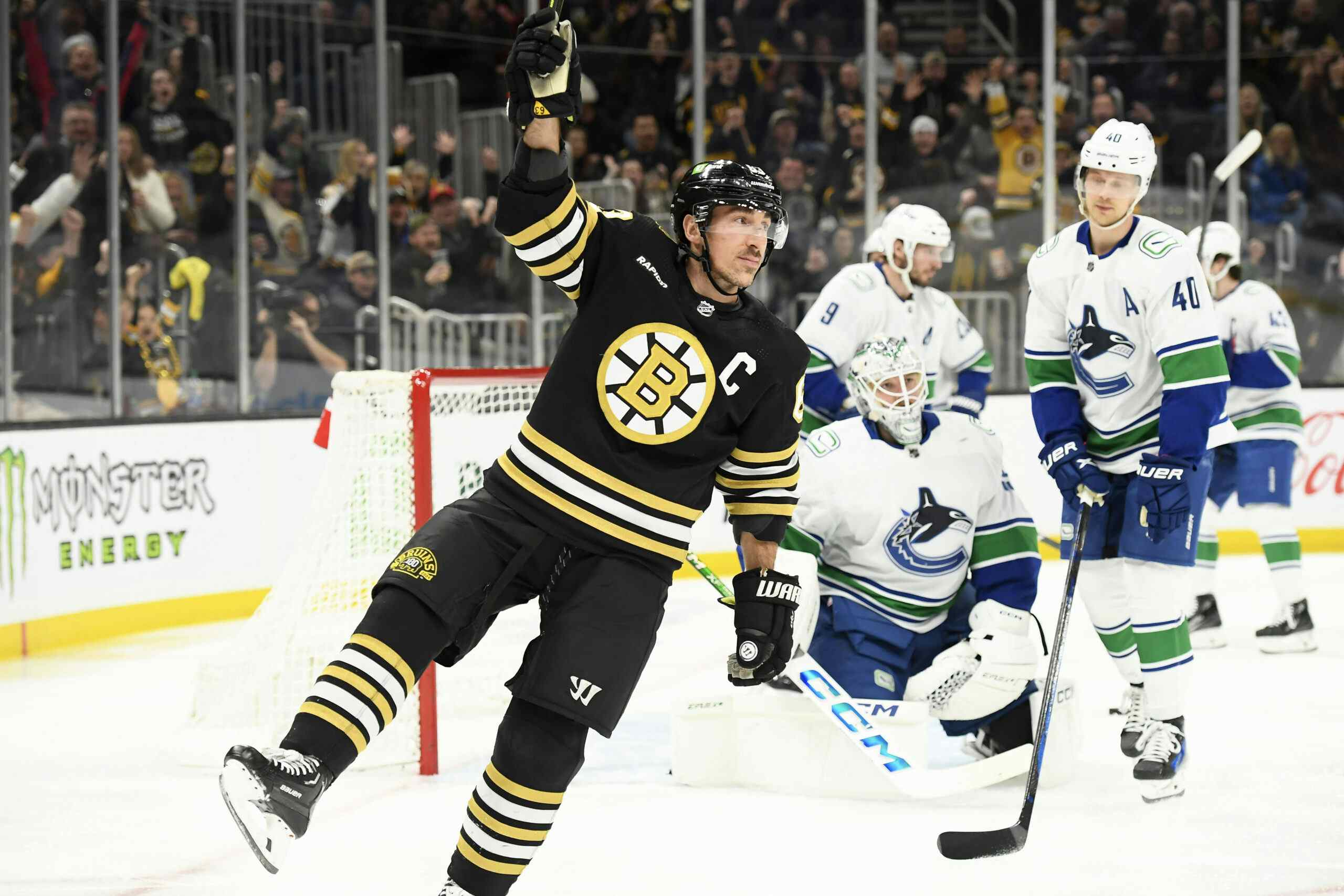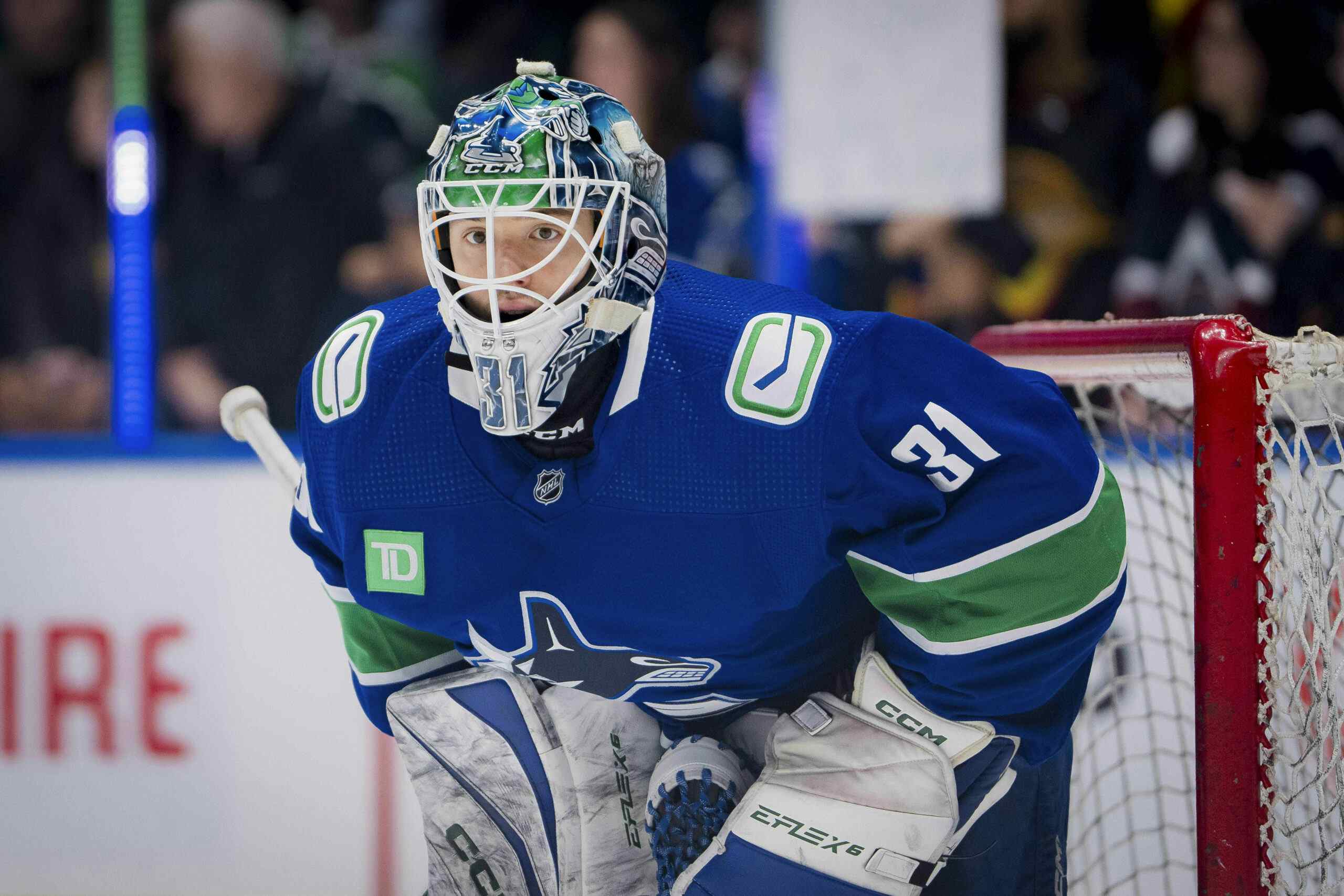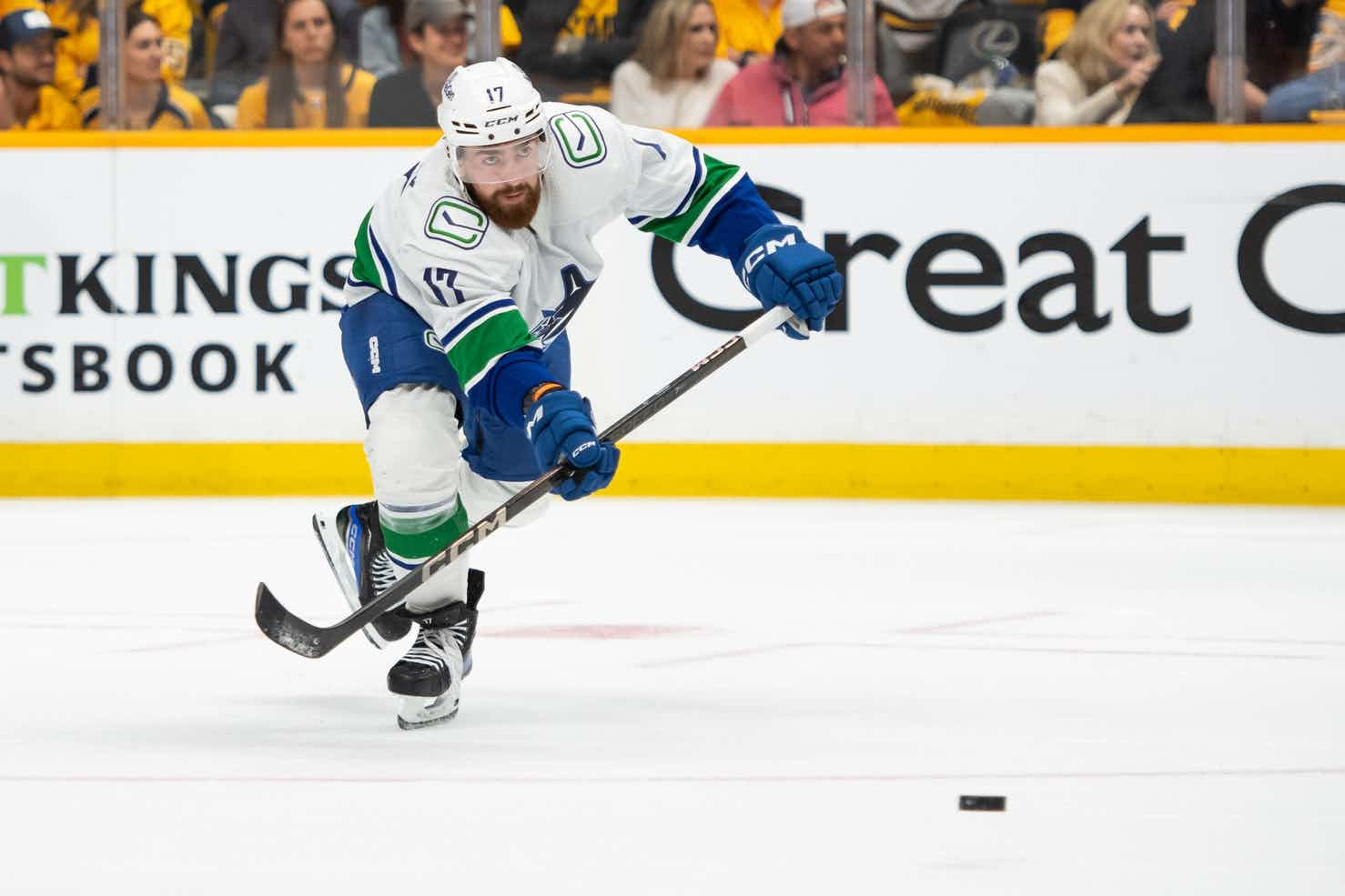Monday Mailbag: Sophomore Slumps, Franchise Defenders, And The Search For The Next Reid Boucher

One last fill-in mailbag from the backup internetminder, and then Jackson McDonald will return next week to take on all your queries and quandaries.
This would be an ideal solution to the Canucks’ current glut of forwards—but that’s also exactly why they’ll have a tough time pulling it off. Unless Jim Benning is willing to part with one of his more talented wingers—think Sven Baertschi or Tanner Pearson—he won’t find many trade partners interested in one of Vancouver’s depth pieces, never mind two.
Trading one of their forwards for a draft pick to avoid losing them on waivers, however, seems like something that could definitely happen before opening night.
At this point, the answer is no. They probably haven’t even drafted a true number one defenseman as of yet. Mattias Ohlund and Alex Edler qualify as two of the best defensemen ever drafted by the team, and they each topped out as top pairing guys at best.
This harsh truth is definitely playing a major role in the excitement that fans are feeling about Quinn Hughes. He has the potential to develop into a franchise defenseman, and in doing so he’d easily become the greatest defender in team history. Just because the bar is set low doesn’t mean fans shouldn’t be hyped about Hughes possibly clearing it.
Esa Tikkanen scores in overtime and the New York Rangers still win the Stanley Cup in 1994. Time is a river.
Great question. Looking at the last ten forwards to win the Calder Trophy:
Evgeni Malkin and Auston Matthews both took big steps forward in production in their sophomore season.
Patrick Kane and Artemi Panarin both saw their production stay about the same in their sophomore season.
Jeff Skinner, Gabriel Landeskog, Jonathan Huberdeau, Nathan Mackinnon, and Mathew Barzal all had their production take a step back in their sophomore season.
That would seem to suggest that the threat of Elias Pettersson going through a sophomore slump is very real—and perhaps even likely. With that being said, ten makes for a pretty small sample size—and there’s the tantalizing possibility of him having a more Malkin- or Matthews-esque second campaign.
I think that if Nikolay Goldobin doesn’t make the cut after training camp, he’ll have at least one more NHL stop ahead of him—either through a trade or a waiver claim. If his third NHL franchise doesn’t work out, I’d find it hard to believe that Goldobin would toil in the AHL for long—he’d almost certainly head home and enjoy a lucrative career in the KHL.
For those reasons, he is not the next Reid Boucher.
There might be a small market out there for Jay Beagle, but his cap hit would make it difficult at this point in the season. As teams start to accrue cap space throughout the year, it could open up some more possibilities—and there were plenty of teams interested when Beagle was a UFA in 2018. They could come calling again—but I still think it’s more likely that Brandon Sutter ends up on the move.
With Nikolay Goldobin, it’s not a question of whether or not he can contribute on an NHL roster—he’s already proven that he can. Jim Benning and Co. will have to decide whether or not Goldobin can contribute more than their other options at forward—and you’re right that it’s not currently looking fantastic.
Goldobin should be allowed as much opportunity as the rest of the preseason will allow to carve himself a spot in the lineup, because he brings certain qualities to the table that are always rare commodities—namely offensive vision and creativity. If he doesn’t succeed, he’ll either be traded or end up on waivers.
No, I don’t think so. Landon Ferraro has been an AHL mainstay for the last three seasons—whereas Loui Eriksson is still a competent NHL player. Ultimately, the Canucks have a number of better options than either of them at forward already.
It’s unlikely that Ferraro catches on with another NHL team at this point, but another AHL deal or a trip to Europe is bound to happen.
It’s unlikely that Ferraro catches on with another NHL team at this point, but another AHL deal or a trip to Europe is bound to happen.
Speaking from my own optimistic perspective, I’m loving the Canucks’ 2019 offseason thus far. Objectively speaking, I’m aware of the risks behind both the JT Miller trade and the signing of Tyler Myers—but I’d also consider the Micheal Ferland and Jordie Benn signings and the drafting of Vasili Podkolzin and Nils Hoglander to be universally positive moves.
If the team can’t take the next step forward and reach the playoffs within the next two years, this offseason will be looked at as terrible—and not just because it will mean losing a potential lottery pick to the Tampa Bay Lightning. If they do start climbing the standings, however, this offseason will be regarded as a well-timed shift in the competitive direction.
I happen to believe that the latter is more likely, but it’s certainly up for debate.
Oscar Fantenberg hasn’t impressed as of yet, and he may end up losing his spot to Guillaume Brisebois—or Alex Biega, if the Canucks decide to roll with seven defensemen instead of eight.
Nikolay Goldobin hasn’t looked bad, but he also hasn’t been able to produce—and that’s a dangerous game given Vancouver’s depth at forward. He’s probably trending in the wrong direction.
Zack MacEwen continues to turn heads, and had a strong showing in the first preseason game against Edmonton. He’s still likely to end up in Utica, but he’s also making it difficult for the Canucks’ brass to cut him.
There’s unlikely to be a “Tyler Motte” this season, with the forward corps already overstuffed.
Making the jump from 22nd place to 5th seems like quite a climb for the Canucks to make—and they’d have to add at least 5% to their powerplay rate to get there. The additions of JT Miller, Micheal Ferland, and Tyler Myers and a full season of Quinn Hughes will probably have a positive impact, but not that positive.
It’ll take a big step forward from both Elias Pettersson and Brock Boeser for the powerplay to really ascend to elite status—and that may still be a year away.
The easy answer is that hockey players are trained from a young age to give cliché answers, and usually have to deal with a social media firestorm anytime they say anything slightly out of the ordinary. “Quicker and faster” is a nice easy answer that doesn’t really require any self-criticism—everyone could benefit from being faster. As soon as a player says “I need to work on my gap control,” suddenly they’ve identified gap control as a specific issue for fans to focus on.
To get into the semantics of your question, there is a difference between quicker and faster—at least when it comes to accepted hockey parlance. Quickness typically refers to acceleration—as in those infamous “first three strides”—whereas fastness is usually a reference to a player’s top speed.
Recent articles from Stephan Roget





